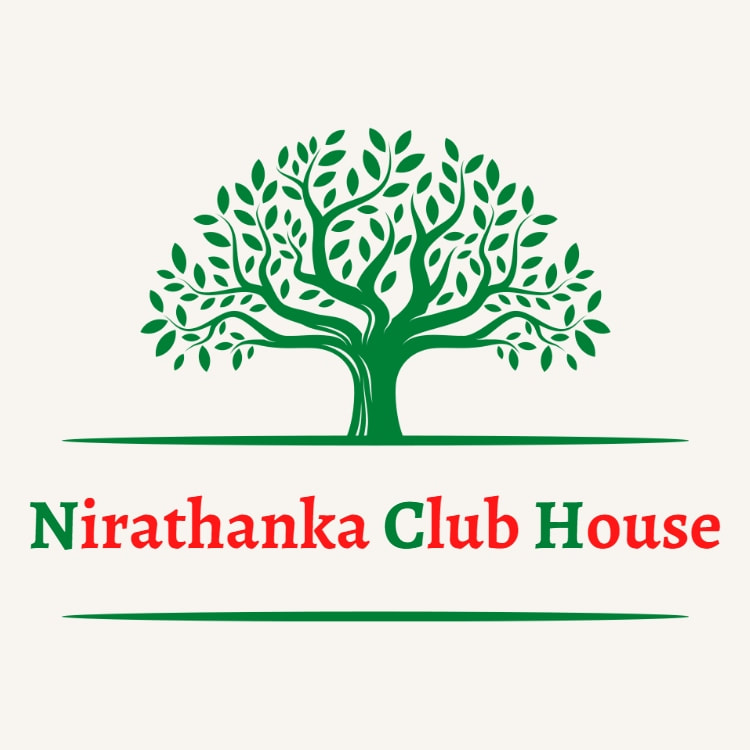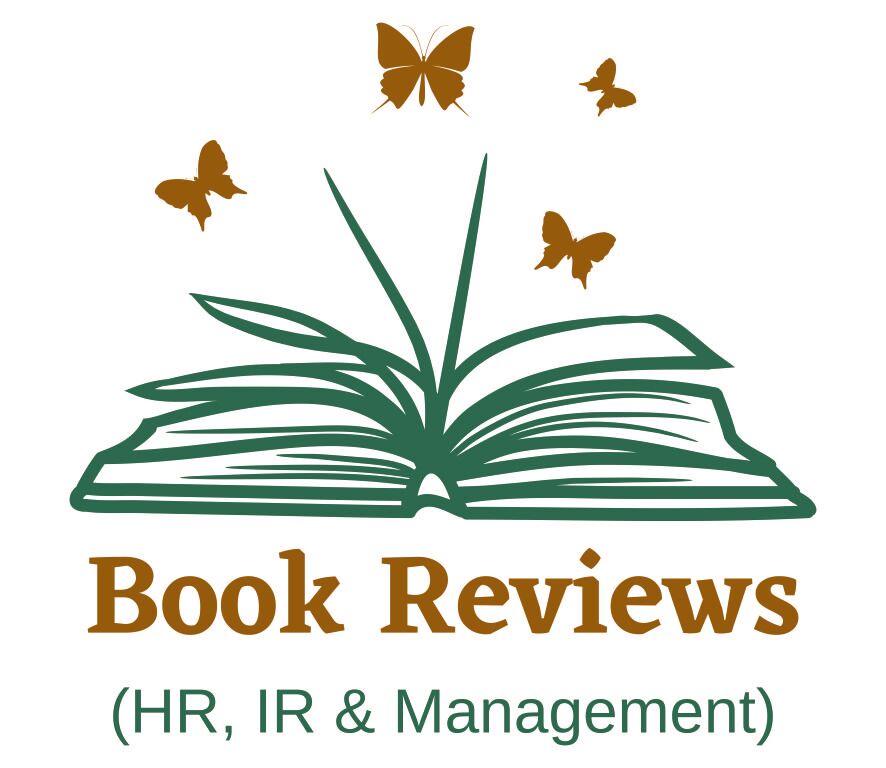|
Strengths-based practice in social work has a strong theoretical foundation as an effective helping strategy that builds on a person's successes. The strengths perspective is based on the belief that individuals possess abilities and inner resources that allow them to cope effectively with the challenges of living (Weick & Pope, 1988; Weick, 1983; Rothman, 1994). Even individuals normally seen as hopeless, intractable, and resistant to accepting assistance are assumed to be able to make significant strides in facing difficult challenges when assisted in rediscovering their abilities. Furthermore, these individuals are allowed to retain control of their lives to activate personal strengths. The strengths perspective holds that when a helping agent focuses on pathology and deficits they cripple the individual's ability to transcend life challenges (Holmes & Saleebey, 1993). The strengths perspective is defined by five assumptions and requires solution-focused interviewing (collaboration, curiosity, context-based conversations) to aid the client in problem resolution where solutions don’t necessarily connect with the problem but the process may help dissolve it. Key concepts of solution-focused interviewing assist in a pattern for positive problem resolution, a foundation of the strengths perspective practice which offers ways to bypass what’s not working. The strengths perspective rests on the following assumptions (Saleebey, 1996):
First and foremost, despite life’s problems, all people and environments possess strengths that can be marshaled to improve the quality of clients’ lives. Practitioners should respect these strengths and the directions in which clients wish to apply them. Second, client motivation is fostered by a consistent emphasis on strengths as the client defines these. Third, discovering the strengths require a process of cooperative exploration between clients and workers ‘expert’ practitioners do not have the last word on what clients need. Fourth, focusing on strengths turns the practitioner’s attention away from the temptation to ‘blame the victim’ and toward discovering how clients have managed to survive even in the most inhospitable of circumstances. And, fifth, all environments – even the most bleak – contain resources. Hence, strengths approach attempts to understand the clients in terms of their strengths. This involves examining survival skills, abilities, knowledge, resources and desires that can be used in some way to help the client to meet his goals (Saleebey, 1996). Strengths-based case management is a specific implementation of the overall strengths perspective, combining a focus on client strengths and self-direction with three other principles: (1) Promoting the use of informal helping networks (2) Offering assertive community involvement by case managers, and (3) Emphasizing the relationship between client and case manager. Each principle supports the resource acquisition activities that characterize case management. Given this perspective the assessment of client strength is an important element in social case work practice in case management. From the perspective of the client, being able to access one’s strengths effectively contributes not only to solving an immediate problem, but may also augment the client’s ability to deal with future problems. From the perspective of the worker, understanding the resources a client brings to a situation is essential in treatment planning. The relationship between client and social worker focus first on the client’s concerns or problems. Most of the time client insists on telling their workers ‘what is wrong’ with their lives. It is important for the workers to listen to their concerns and then once they have established that there will not be crisis, to turn the conversation towards developing well formed goals by asking questions in strength aspects. Assessing how the client functioning in other areas despite of the on going difficulties is crucial. Once the social worker explores the client’s strength in collaborative relationship, it is easy for setting well informed achievable goals. Goals should be small and are easier to achieve than lager ones. The goals are concrete, specific, and behavioral. Goals are so characterized help both client and worker know when progress is occurring. Practice outcomes are improved when the client is helped. Examples - ‘feeling anxious to face the boss in the office’. Here instead of avoiding the boss and going irregular to office, the goal is to help the client to master the cognitive and behavioral skills to handle the situation than merely telling him to what to do. By discussing with the client what else can do to face the situations and listing out solutions with help in setting the target goal. As the worker helps the client to uncover coping strengths, the client’s mood and confidence usually rise. Sometimes new strategies may come up which the client has never thought before. However, it is also common for the client to return to problem descriptions and associated feelings of discouragement. As this occurs, the worker should respectfully listens, empathize, and then gently returns to the client to a focus on strengths exploration and affirmation. The present article sought to provide theoretical understanding of strength assessment in case management to social worker. The social worker while working with client use this approach to understand the given situation of client characteristics represents a strength or a weakness depends on subtleties of personal history, the immediate social environment, the mix of client characteristics, challenges and meaning the client ascribes to his o her experienced situation. References
Dr. Mysore Narasimha Vranda Senior Research Officer Dr.B.P. Nirmala Assistant Professor, Dept. of PSW, 1st floor, Dr. M.V. Govindaswamy Centre, NIMHANS, Bangalore – 560 029 |
Categories
All
Social Work Learning Academy50,000 HR PROFESSIONALS ARE CONNECTED THROUGH OUR NIRATHANKA HR GROUPS.
YOU CAN ALSO JOIN AND PARTICIPATE IN OUR GROUP DISCUSSIONS. MHR LEARNING ACADEMYGet it on Google Play store
|
SITE MAP
SiteTRAININGJOB |
HR SERVICESOTHER SERVICESnIRATHANKA CITIZENS CONNECT |
NIRATHANKAPOSHOUR OTHER WEBSITESSubscribe |
MHR LEARNING ACADEMY
50,000 HR AND SOCIAL WORK PROFESSIONALS ARE CONNECTED THROUGH OUR NIRATHANKA HR GROUPS.
YOU CAN ALSO JOIN AND PARTICIPATE IN OUR GROUP DISCUSSIONS.
YOU CAN ALSO JOIN AND PARTICIPATE IN OUR GROUP DISCUSSIONS.
|
|






 RSS Feed
RSS Feed





